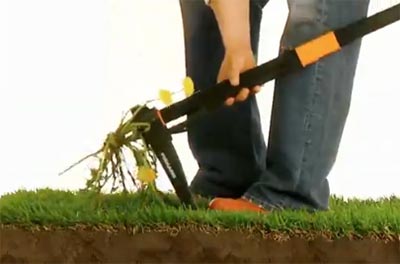How To Prepare Your Garden for Winter
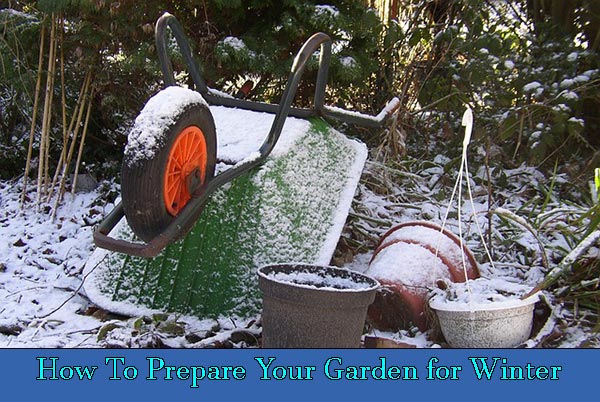
The term “Fall gardening” doesn’t mean sitting in a lawn chair and watching the stalks of your spent vegetable plants tip over. In fact, as the summer gardening season comes to a close, the work in your garden is far from over. The actions you take through the fall and into the winter months will have a huge impact on the success of next year’s garden! While many gardeners put some of these tasks off until the spring, you can get a big jump start on a lot of the prep work now, ensuring that by the time the next growing season comes around, you will be ready to plant, not prep.
Before you begin, however, there are a few things to consider. First and foremost, you need to be familiar with the regional needs of where you live and garden. That includes the average annual extreme minimum temperature, approximate depth of frost, as well as the first expected killing frost. To find this out, you can contact your local agriculture extension service or familiarize yourself with the needs of your area on the USDA website.
Chop, Cut, and Clean
Start winterizing your vegetable garden by removing spent stalks and other plant debris that may become a winter incubator for pests and diseases. Leave late growing crops like carrots, garlic, horseradish, leeks, parsnips, radishes and turnips for harvesting into winter, but chop off dormant perennial tops and used annuals like tomatoes and squash as well as pea and bean plants a few inches above ground level. If they are disease free, add these plant tops to your compost pile. If they are diseased, discard them separately. This is also a good time to pull weeds and invasive or unwanted plants. These should also be discarded in a covered trash container, not added to your compost.
Time to Till?
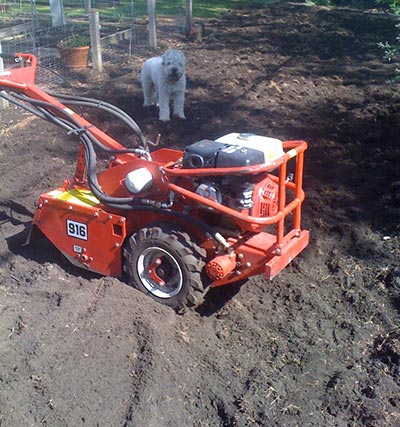
If you live in an area with mild winters, you may want to till the soil to turn the remaining organic plant matter into your garden soil and allow it to break down into natural compost over the winter. This can also help reduce pest troubles you might face in the spring by exposing insects that may be planning to overwinter in your planting areas.
Tilling in the autumn isn’t for everyone, however. If your growing zone has especially cold and bitter winters, it may be better to leave a layer of plant stubble on the surface of your soil to prevent erosion and protect the underlying soil. Furthermore, gardens which are planted on slopes may need to maintain as much vegetation as possible in the soil to prevent excessive erosion.
In large gardens, it’s recommended to till only about 3 of every 4 rows of plants. The remaining rows will provide a partial windbreak to prevent erosion during the dry weather of winter and also provide a little cover for beneficial garden wildlife.
Spread Mulch
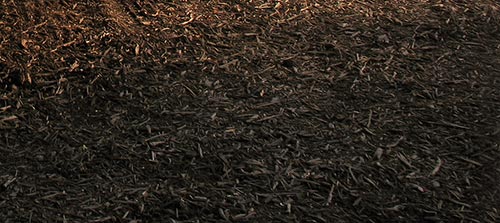
Bare, unprotected soil is much more likely to suffer the effects of erosion than soil protected by a healthy layer of mulch. Furthermore, a good 3-4 inch layer of mulch can help enrich the soil by breaking down over the winter months and keeping the soil warm and moist (assuming you are in a mild climate).
In colder climates, mulch is particularly beneficial around newly planted perennials that have not yet had a chance to develop an extensive or well-established root system. A thick layer of mulch will keep the ground temperature consistent and prevent damaging freeze/thaw cycles in the fall that can disrupt the growing patterns of younger plants. I’d advise also checking the mulch in January and February to make sure it hasn’t thinned out too much due to winter winds and add more if necessary to protect against the same freeze/thaw cycles in the early spring months.
Cover Crops
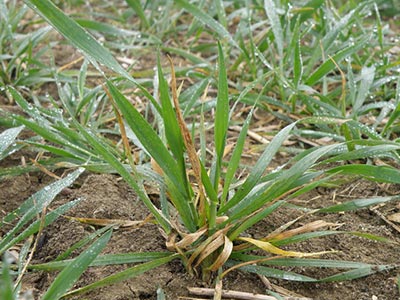
If you don’t have enough mulch available to sufficiently cover your bare growing spaces, a cover crop is another option. Cover crops are plants that you don’t intend to harvest, but simply plant to provide a layer of protection for the soil underneath to keep it from blowing or washing away before the next growing season. Cover crops can also provide quick shade to the soil, preventing the germination of many cool-season weeds. When preparing to plant in the spring, the cover crop can simply be tilled under to provide additional organic matter to the soil.
Common cover crops that can be grown over winter are rye, crimson clover, hairy vetch, winter wheat, and rape. Check which is the best to grow in your area within the time available before the first killing frost and back-plan and plant accordingly.
Baby Your Bulbs
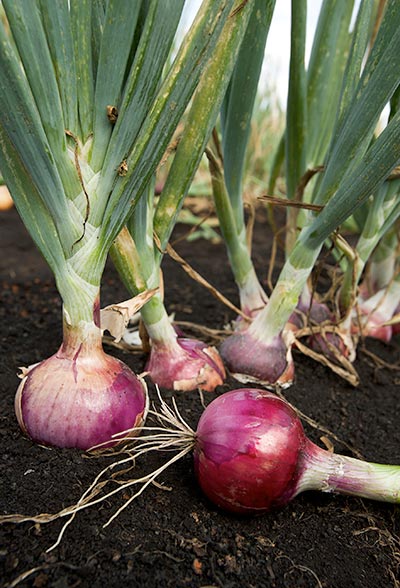
Depending on your hardiness zone and depth of frost, you will need to dig up and store tender bulbs that may not survive hard freezes. A good way to store the bulbs is to dry them in a cool dark location for a few weeks, then place them in a container and cover with sawdust or sand until they are ready to be replanted in the spring.
If you have bulbs that are safe to leave in the ground through winter, fall is a great time to dig them up, separate, rearrange, replant. Once the weather cools sufficiently you can also plant new bulbs in the fall, just be sure that they have adequate soil and moisture conditions as well as time to develop new roots before enduring a hard freeze. The first time a hard freeze is predicted, it would be a good time to add an extra layer of mulch above hardy bulbs that you leave in the ground to winter.
Protecting Plants
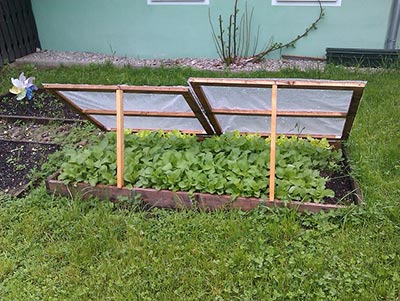
As with most things, there is a right and wrong way to protect your plants during cold weather. For many people in warmer zones, protecting perennials from frost means covering them with bags or upside-down plastic buckets. This is not advised, however, and there are a number of makeshift shelters that can do a better job. The problem with plastic is that it can trap moisture around the plant and end up causing as much if not more damage than no protection at all. The only plastic covering that should be used is something that doesn’t make any contact with leaves, branches, or stems of the plant. There are inexpensive hoops and sheeting that can maintain an air barrier and avoid direct contact of the plant with a frosty, condensation covered piece of plastic. A simpler solution is to go with cloth items like old bedsheets to provide a breathable frost barrier on cold days.
In the case of young or newly planted trees, particularly fruit trees, thin bark makes them susceptible to damage and cracking from fluctuating temperatures. Tree wrap tape can protect against such damage. With shrubs and larger plants, natural cloth materials like burlap are ideal ways to protect your plants. Just be sure to remove the covers as soon as the temperature returns to tolerable conditions.
 Home and Gardening Ideas At home and Gardening ideas we believe inspiring readers about homesteading, self sufficiency
Home and Gardening Ideas At home and Gardening ideas we believe inspiring readers about homesteading, self sufficiency
